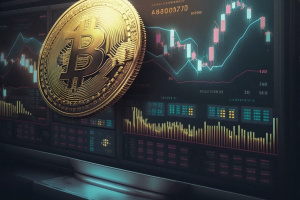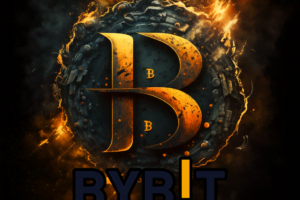The film industry, much like the music industry, has long been dominated by a centralized system that limits the creative and financial opportunities for filmmakers and investors. The emergence of non-fungible tokens (NFTs) is challenging this status quo, offering new avenues for financing, distribution, and fan engagement. In this article, we will explore the potential of NFTs in the film industry, focusing on how they can tokenize movie assets and enable decentralized film financing.
Tokenizing Movie Assets with NFTs
NFTs have the potential to revolutionize the film industry by tokenizing various movie-related assets, including:
- Screenplays and Concept Art: Filmmakers can tokenize their screenplays or concept art as NFTs, offering collectors the opportunity to own unique, behind-the-scenes assets.
- Movie Posters and Promotional Material: Exclusive movie posters and promotional materials can be tokenized as NFTs, providing fans with rare, limited-edition collectibles.
- Film Clips and Scenes: Iconic film clips or unreleased scenes can be minted as NFTs, allowing fans to own a piece of movie history.
- Virtual Premieres and Experiences: Filmmakers can create NFTs that grant access to virtual movie premieres or exclusive Q&A sessions, enabling fans to engage with the film and its creators on a deeper level.
Decentralized Film Financing through NFTs
NFTs can also play a crucial role in decentralized film financing, offering filmmakers and investors new opportunities:
- Crowdfunding: By tokenizing film projects as NFTs, filmmakers can raise funds directly from their supporters, bypassing traditional film financing channels. Fans can invest in upcoming movies by purchasing NFTs that represent a share of the project’s future profits.
- Secondary Market Trading: Investors can trade their film NFTs on secondary markets, providing liquidity and enabling price discovery. This offers investors the flexibility to buy and sell their film-related assets based on market demand and their investment strategies.
- Transparent Royalty Distribution: NFTs enable filmmakers to set up transparent royalty structures that automatically distribute profits to NFT holders, ensuring a fair and efficient allocation of revenue.
- Cross-Industry Collaborations: NFTs can foster collaboration between the film industry and other sectors, such as gaming and virtual reality. Filmmakers can work with these industries to create NFT-based experiences that enhance the appeal of their film projects and drive additional revenue streams.
Conclusion
NFTs hold the potential to reshape the film industry by tokenizing movie assets and enabling decentralized film financing. This technology can empower filmmakers, offering them greater creative and financial freedom, while providing fans and investors with unique opportunities to engage with the movies they love. As NFTs continue to gain traction, we can expect the film industry to adapt and embrace these new possibilities, paving the way for a more inclusive, decentralized, and innovative future.























